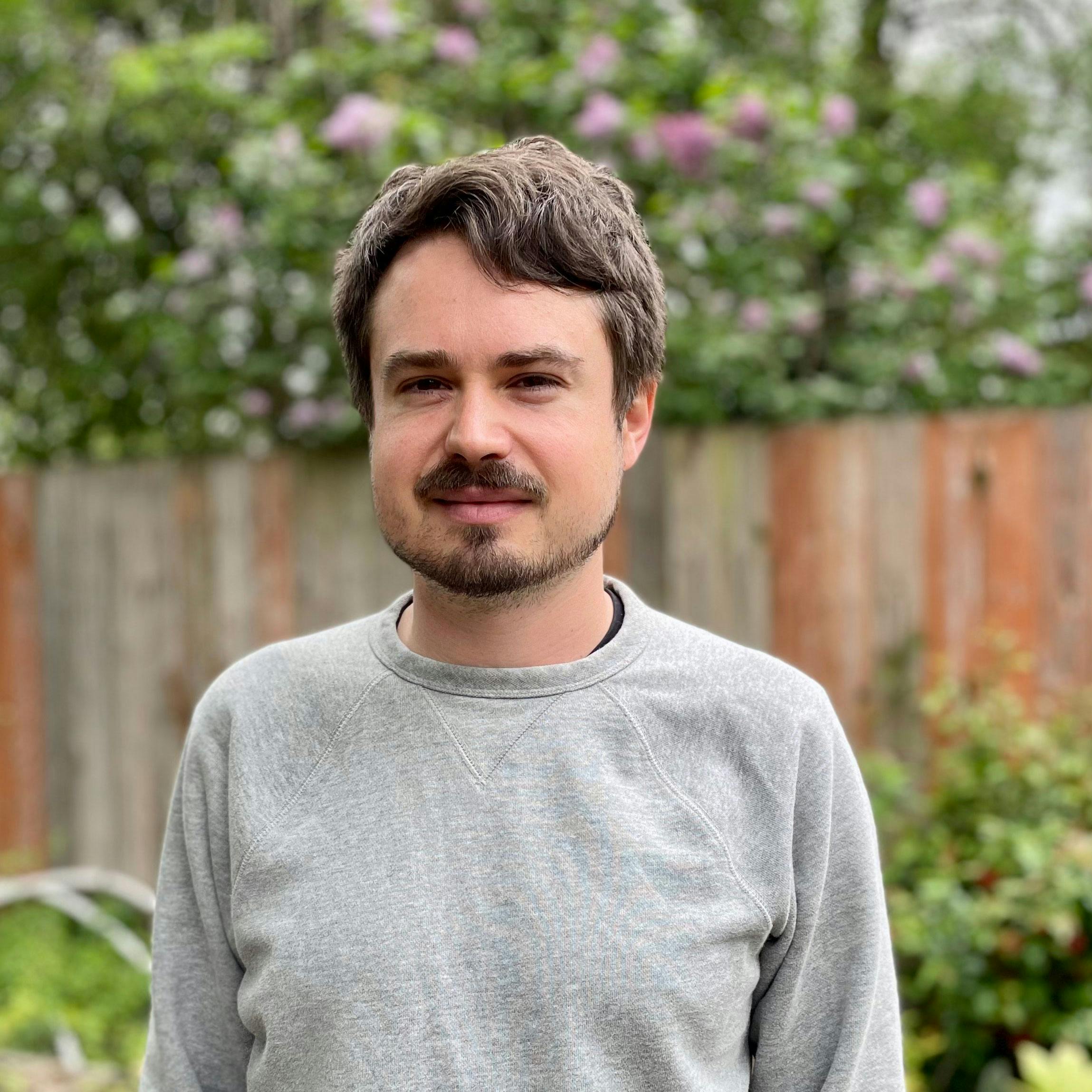
Artist Profile
William Matheson
Born in Los Angeles, CA; based in Portland, OR
In his highly textured paintings, William Matheson conjures up contemporary gothic moments that inspire the viewer to free-associate. Often at night, Matheson applies thin layers of oil paint with unusual tools such as rags and glass scrapers as well as brushes. He works on jute, panel, and canvas—materials that can have unique bumps and facets. The combination of such techniques and media produces rough surfaces that lend a physicality to each composition. Matheson invites the viewer to take a careful look at each crater, accretion, and gap between marks.
With acidic colors and fields of black pigment, Matheson renders spectral figures and uncanny objects in claustrophobic spaces such as car interiors and his own studio. The artist uses window panes, curtains, shadows, and stacks of ephemera to frame or intersect his scenes. Such compositional devices make these works resemble postwar geometric abstractions; yet Matheson also draws inspiration from the late Gothic and early Renaissance painting canons. The artist materializes the hazy memories, surreal images, and fleeting experiences that haunt ordinary life.
Available Works
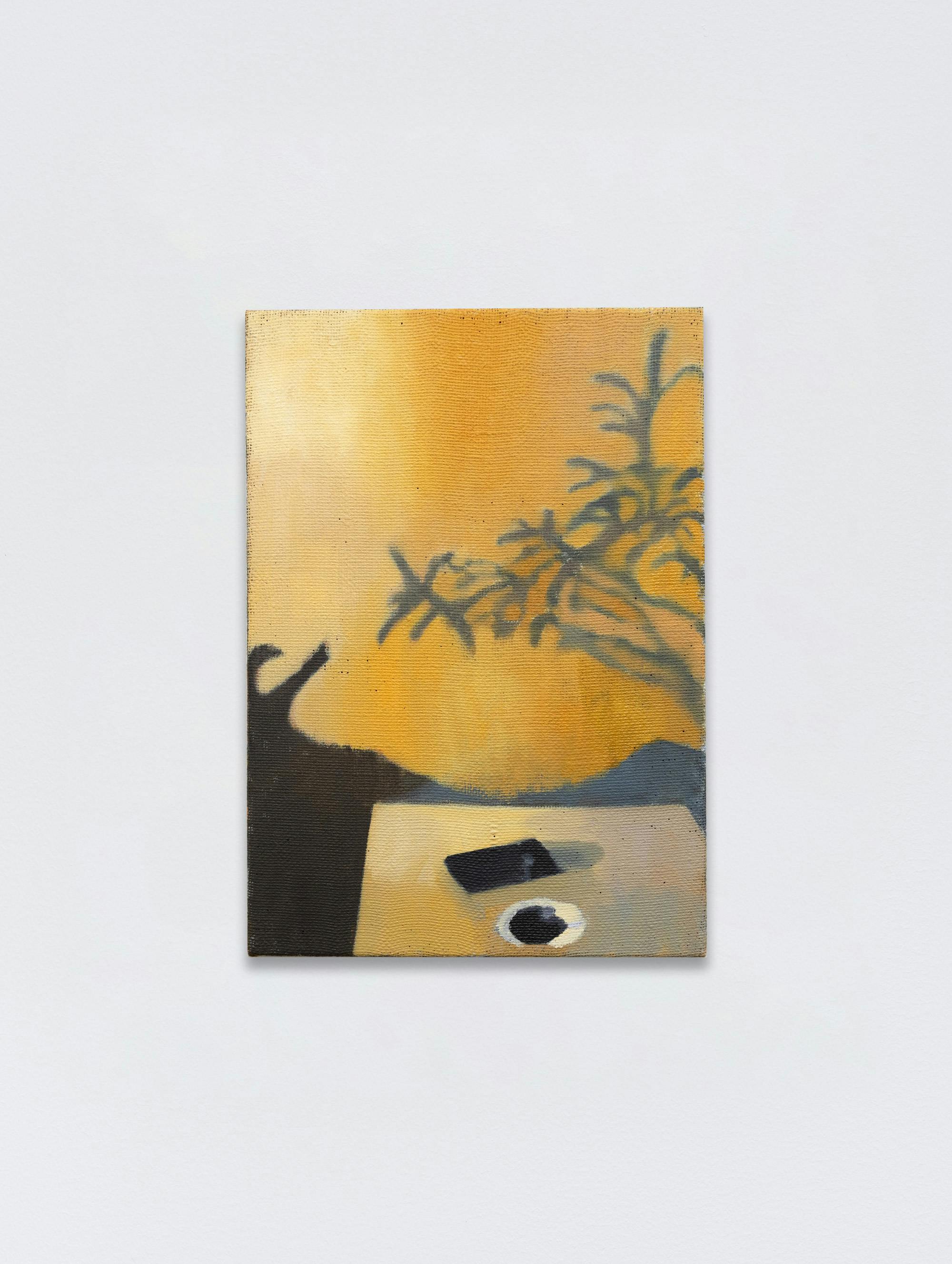
William Matheson
Late Afternoon, 2022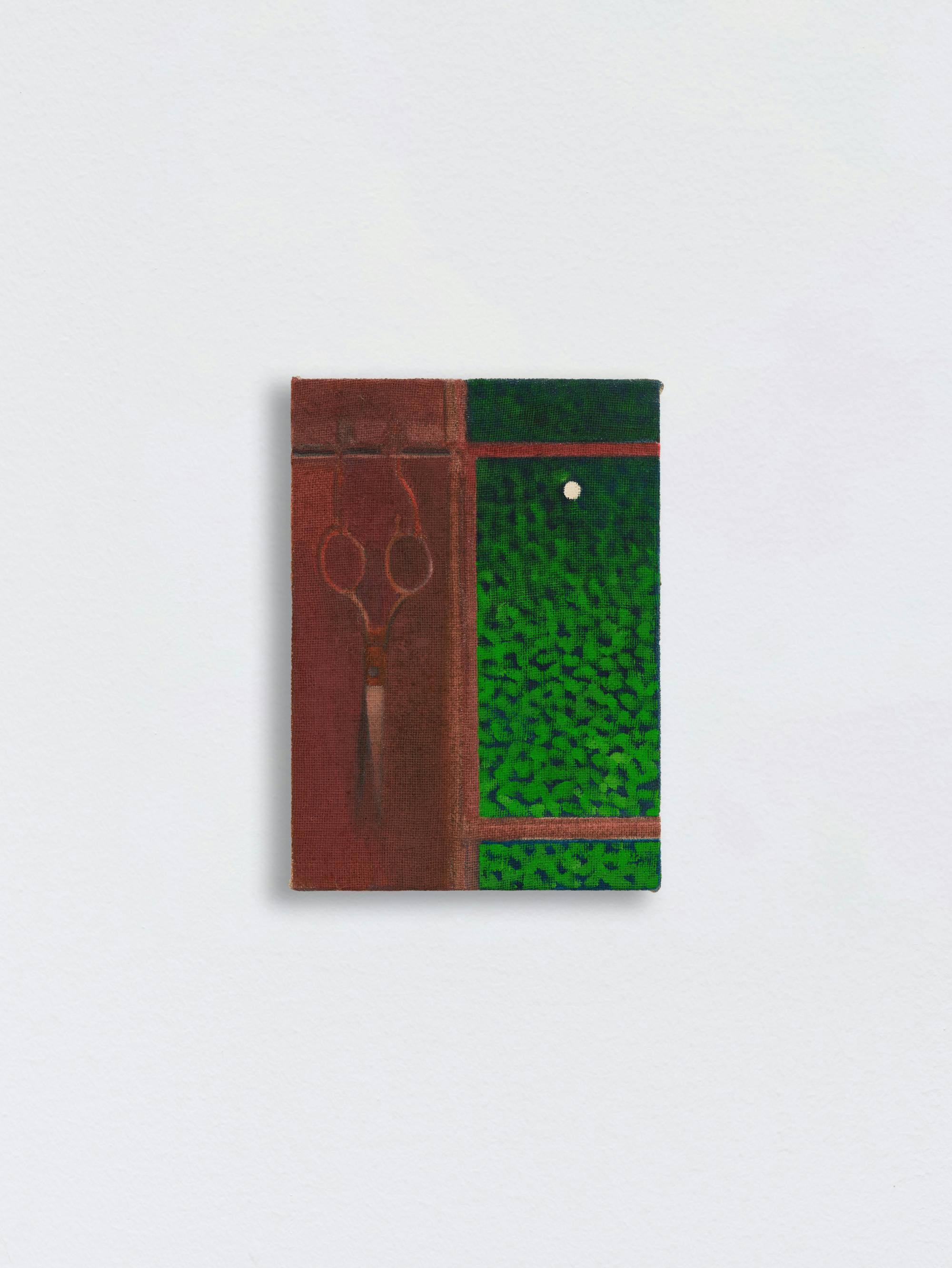
William Matheson
Topiary (Kitchen Window), 2022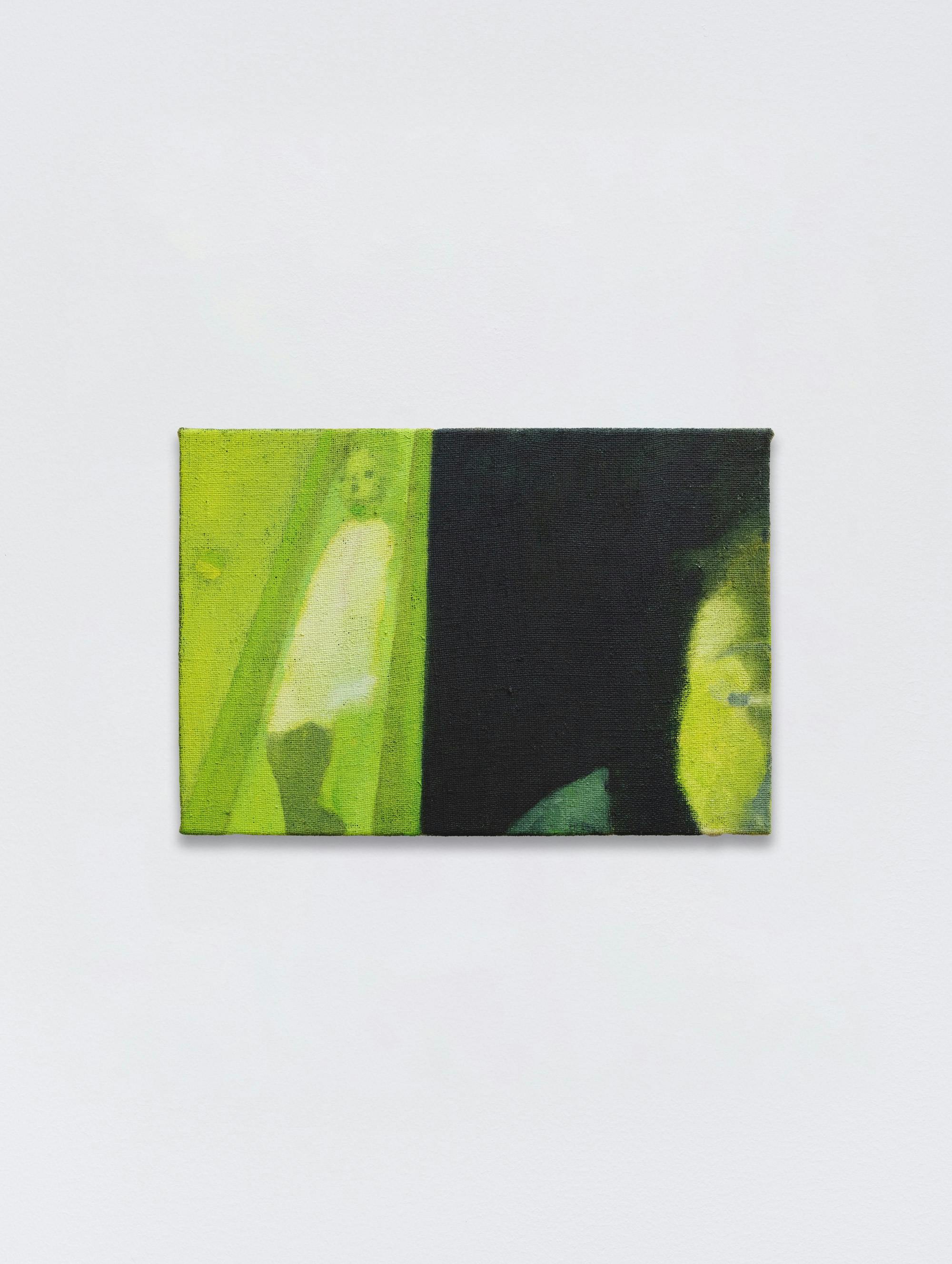
William Matheson
Visitor (1), 2021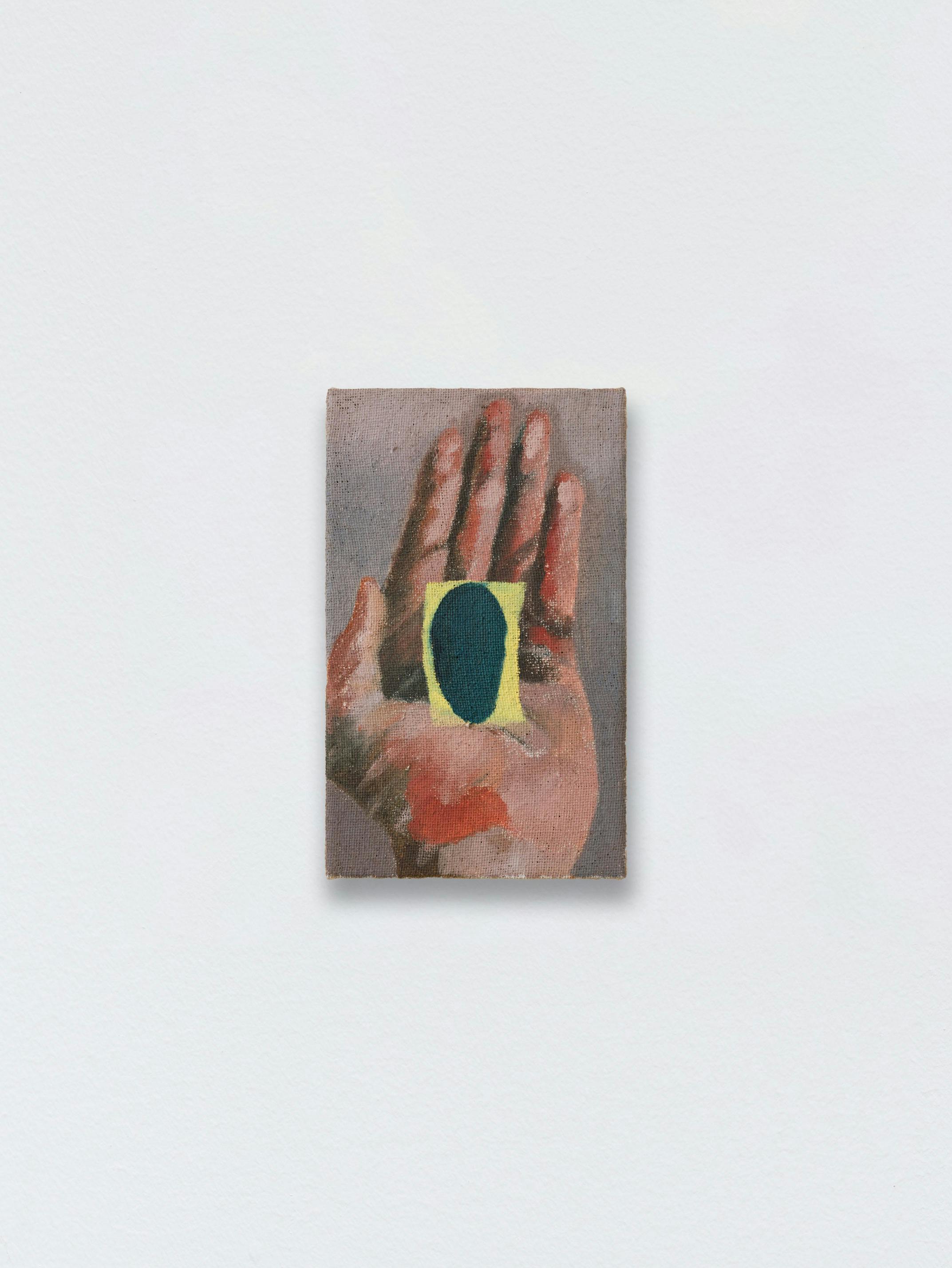
William Matheson
Contained Shadow, 2021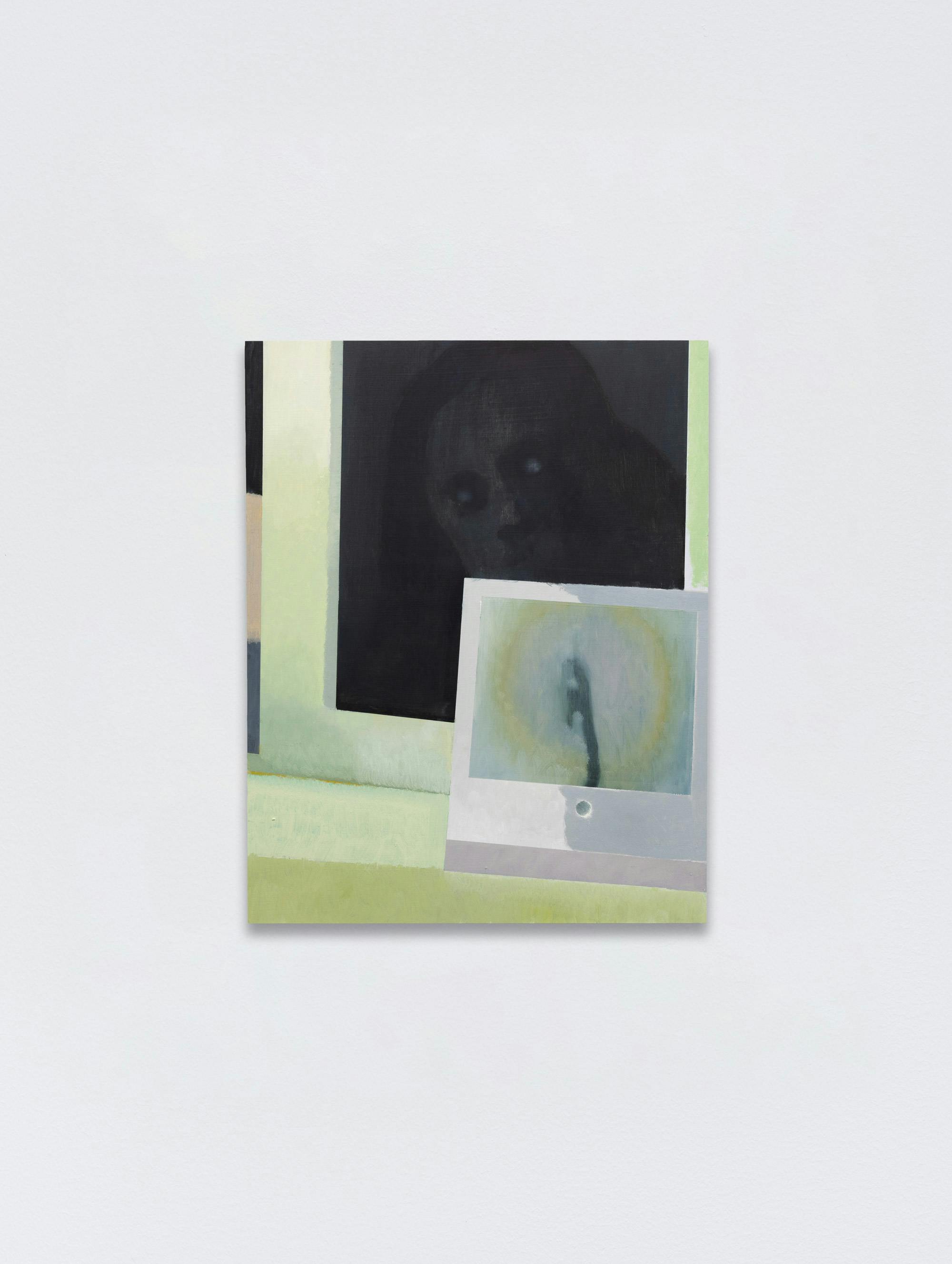
William Matheson
Eidolon (2), 2023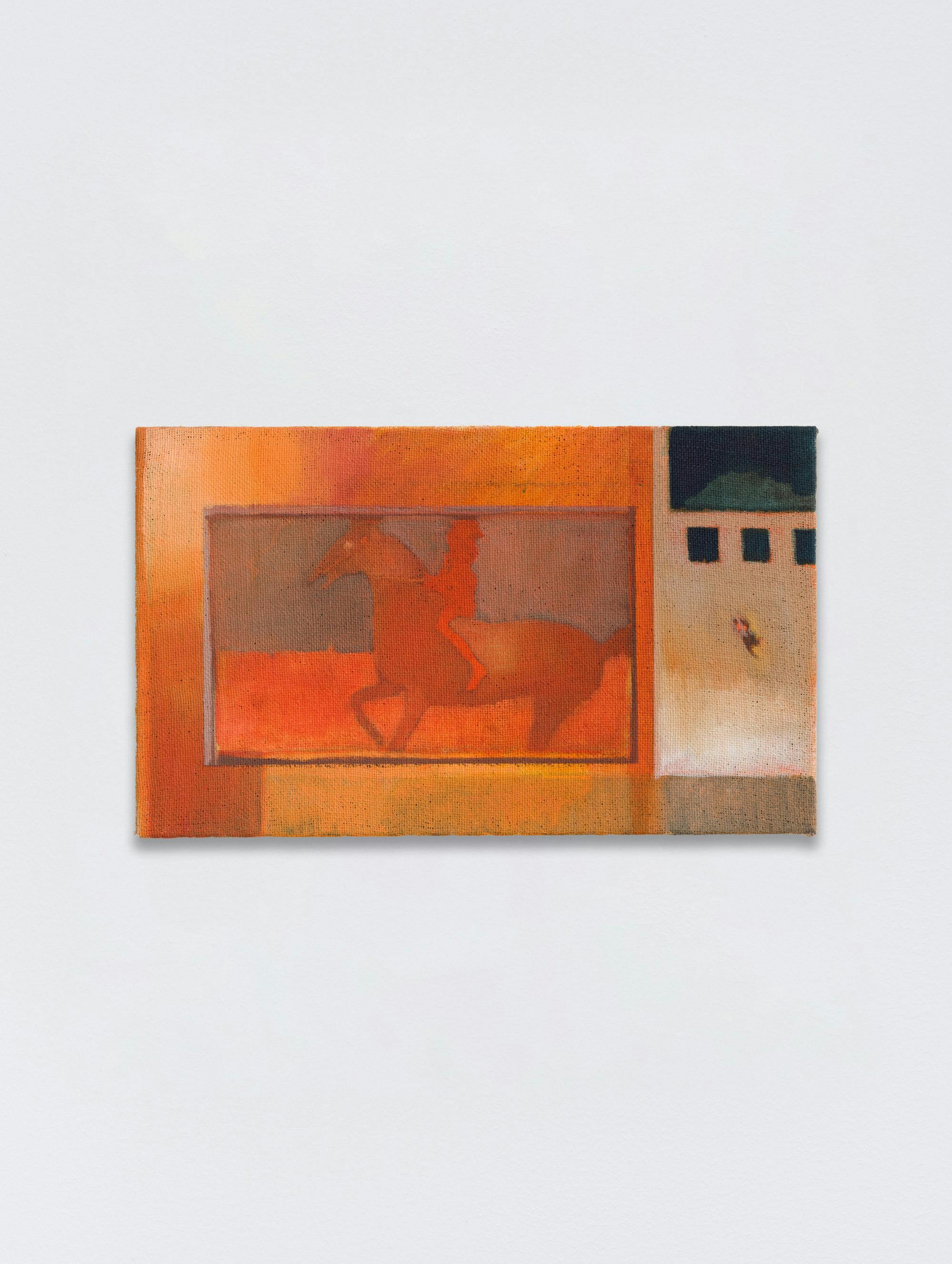
William Matheson
Child Rider, 2021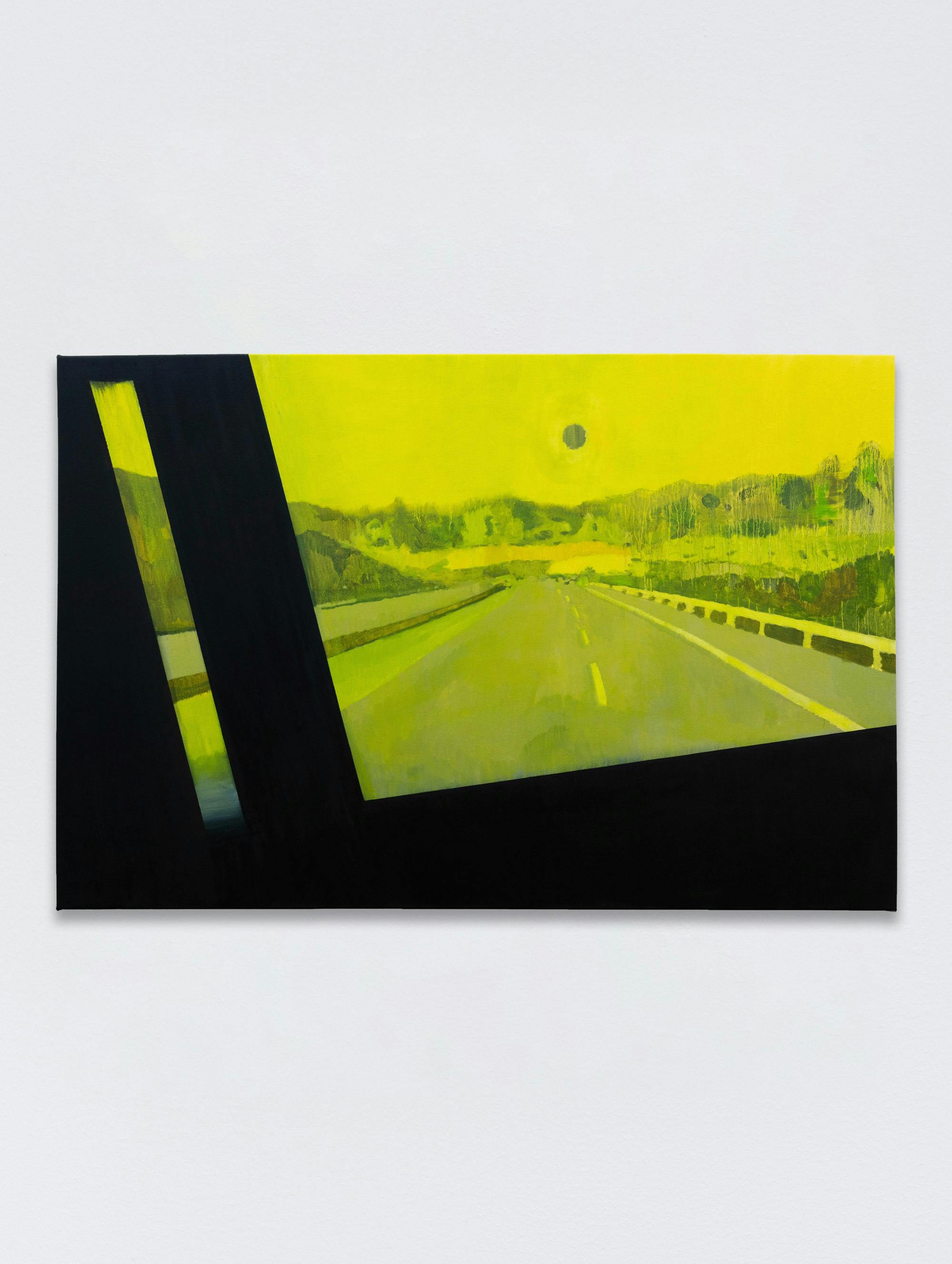
William Matheson
An Ending, 2020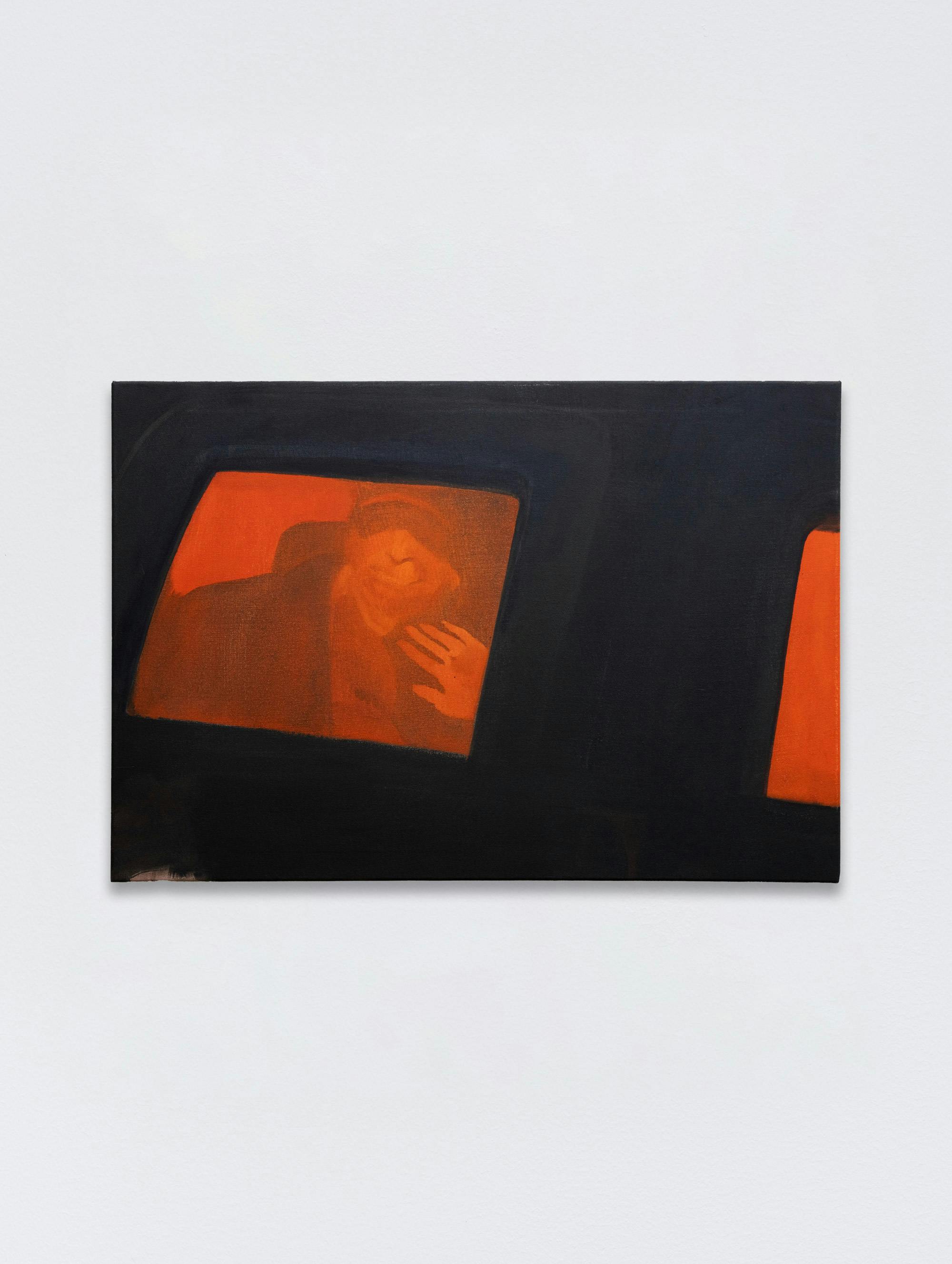
William Matheson
Illness Icon (2), 2020Appears In...
CV
William Matheson earned an MFA from Virginia Commonwealth University following a BFA from Pacific Northwest College of Art. He has received artist grants from The Puffin Foundation, Teaneck, NJ (2019); Regional Arts & Culture Council, Portland, OR (2019); and the Elizabeth Greenshields Foundation, Montreal (2017), among others. Matheson has participated in artist residencies such as the Taipei Artist Village (2019); MASS MoCA, North Adams, MA (2017); and the Öres Residency Programme, Örö Island, Finland (2017). His work has been exhibited in Oregon, New York, South Korea, Japan, Taipei, and the Czech Republic.
Artist Statement
My work is engaged with memory, preservation, and spectrality.
My paintings exist as stages- harsh, framed spaces that contain a wide spectrum of images, from the deeply personal to the collective, the mundane to the horrific. They are populated by shadows, reflections, and ghosts, with icons that are both familiar and uncanny. My surfaces of choice are often coarse materials like jute and sheer linen, which have gaps and faults and highlight an earthy, bodily materiality. I use thin washes of oil paint and a variety of tools like window scrapers and rags to layer and distort my paintings, leaving previous layers faintly visible, straddling the line between the normal and the preternatural.